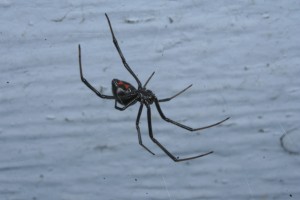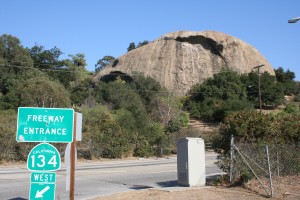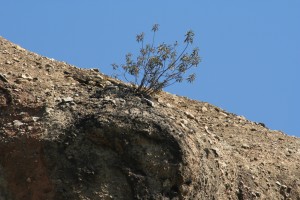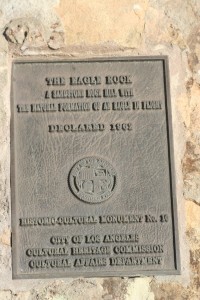Wisdom
Margaret was a farmer’s wife. She had a tough life, after the death of her mother she raised her younger brothers and sisters, then married and raised her own family. I knew her from my occasional visits with relatives and when I dropped in alone during trips back home to my native southern Louisiana. Her farm house had evolved from a simple tiny shack, but was plain, clean and comfortable with the spacious kitchen needed to manage her 5 children.
She had a quiet demeanor, always warm and friendly but seldom very opinionated. I spoke with her as often as I could when I visited my old home town and we talked about my life and plans, but mostly about family and farming. She was always well aware of the family news and inevitable clashes that any large clan such as mine has, but I never heard her volunteer any strong opinion or pass along any gossip; only her quiet knowing smile.
About farming she often impressed me, her depth far surpassed mere daily challenges of the farm, and she understood world markets, the implications of legislation and weather. She could as easily discuss the economics of international demand as the effects of weather on local supplies.
What I most remember about Margaret was her sense of quiet wisdom. I never heard a boast or brag and about family matters she could be counted on only for a reasoned, reserved and patient reply.
Wisdom has many definitions; a typical one would be like this one from Dictionary.com: “The ability or result of an ability to think and act utilizing knowledge, experience, understanding, common sense, and insight”. It is more than just knowing what to do or say or when, it is also what not to say or how to say it.
Certainly, with topics like this nearly infinite arguments can ensue over what exact definition should be used. There can be no exact definition of a term so widely used or a trait so often claimed.
Consider these two concepts: “Wisdom” and “Knowledge”. Knowledge can be acquired by study, listening or watching. It is the sum of facts and information acquired through living and interacting with those around us or through the media. It is the product of education. Knowledge can be tested, measured, certified and licensed. We value it and reward those who get it with higher salaries and loftier positions. Diplomas on our walls attest to our completion of courses and tests, books on our shelves hint at our acquired information.
Wisdom is a more difficult. It may be claimed by many, assigned to a few and hoped for by all. Wisdom requires experience; the old joke is “Wisdom comes from experience and experience comes from a lack of wisdom”. Perhaps the best example is teaching a very young child the meaning of “hot”. You can point at the oven and say “hot” all you want to but to a defiant child the experience of a placing a small hand on the oven is required to properly communicate the concept. Fortunately, this experience also communicates the importance of believing in the knowledge of the more experienced adult.
So, wisdom can come from knowledge, but the best wisdom is acquired from your own observation. This is the hoped-for outcome of most science courses organized around lecture and lab. With luck students will do more than just memorize facts from lecture and the handling of potentially dangerous or visually repugnant materials might impart enough of the non-verbal experience to offset the lecture-imparted information.
Knowledge is usually acquired from social interactions. We get it from reading, listening, watching and discussing. It is also cultural. We categorize and analyze it according to our relationship to it and its source. The acquisition of knowledge is a competitive activity. We strive to learn more than those around us to help us better compete in life. The choices we make for schools to attend, courses to study and the grades we strive for put us ahead in the job market and improve our sense of self worth. Diplomas and resumes are waved about at job interviews; we even choose our mates based partially on their job prospects, their monetary worth or their appearance, all of which are socially and culturally determined qualities.
Most wisdom is non-social. We get it from the very hard interactions we have with the real world. Occasional near accidents wake us up to the real dangers of driving and, if they don’t result in injury they tend to improve our driving (at least for a while). Near accidents tend to focus our attention to the real dangers and risks we face. Even the wisdom we gain from our work and social interactions is not truly social; it is the experience we get from finding out that people often do things other than what they say.
There is much that we learn non-verbally from our interactions with others. Body language and their tone of voice communicate (or should communicate) much to us beyond what is said.
It is from our perception of the real world, our awareness and experience that we gain our ability to perceive non-verbal communications. Some people, in positions with opportunity to gain large amounts of hard experience, such as my farmer’s wife relative often possess great amounts of common sense wisdom, in spite of a lack of education or training. Many highly educated and apparently well trained people can be found with little apparent wisdom.
Wisdom‘s application is most often its restraint on our behavior. The old saying “Discretion is the better part of valor” implies that the wisest action might be no action. If we competitively flaunt our knowledge restraint would be self defeating. Wisdom is the balance that keeps us from embarrassing ourselves by lapsing into bragging.
Knowledge is vocal, social, competitive, often insecure, and opinionated. Knowledge is information. Wisdom is quiet, restrained, reserved, self composed, confident. Wisdom is knowing and understanding.
Margaret had little to brag about in her life, aside from her family. With no degrees or formal education there was little to wave about over others. I never saw her manipulating those around her or condemning anyone’s behavior. But her knowing eyes possessed the best example of wisdom I have ever known.



